Home>Gardening & Outdoor>Landscaping Ideas>What Type Of Grass To Plant
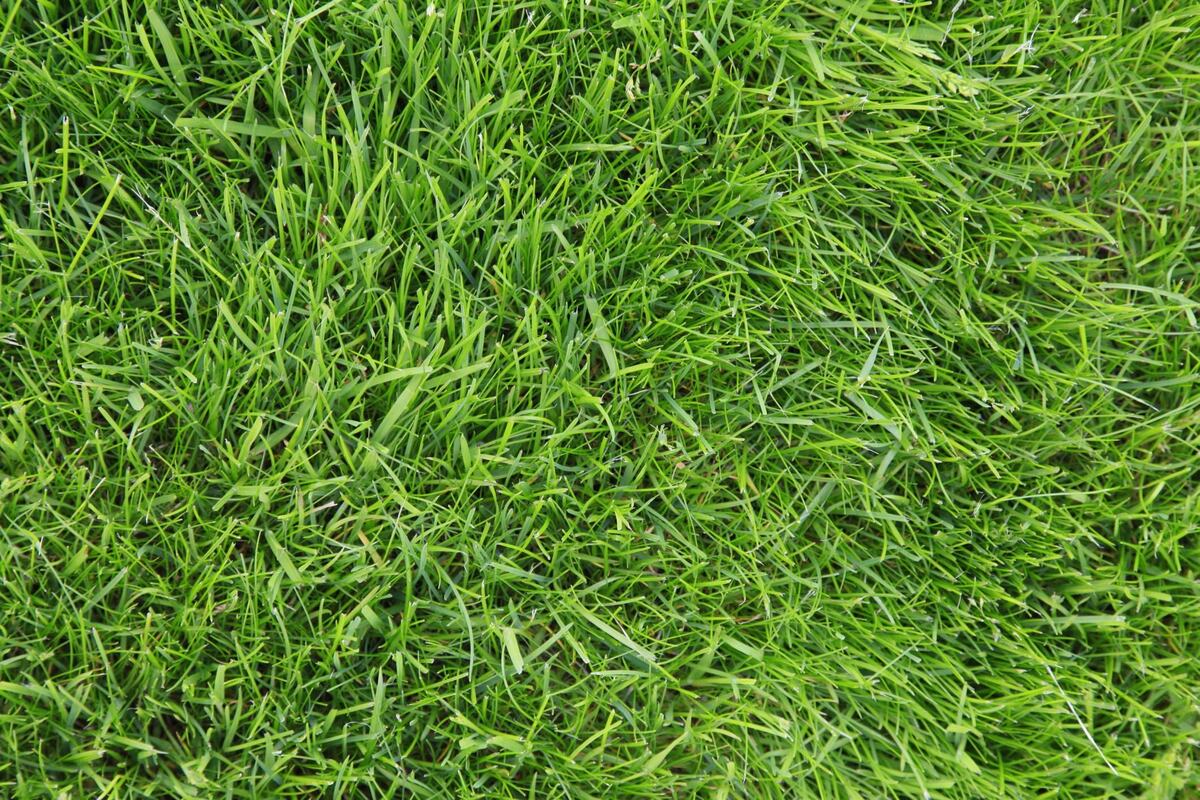

Landscaping Ideas
What Type Of Grass To Plant
Modified: September 2, 2024
Discover the best grass types for your landscaping needs and create a lush, vibrant lawn with our expert tips and ideas. Find the perfect grass variety for your yard today!
(Many of the links in this article redirect to a specific reviewed product. Your purchase of these products through affiliate links helps to generate commission for Storables.com, at no extra cost. Learn more)
Introduction
Choosing the right type of grass for your landscaping project is a crucial decision that can significantly impact the overall aesthetic and functionality of your outdoor space. Whether you're aiming to create a lush, green lawn for recreational activities or seeking a low-maintenance ground cover, the type of grass you select plays a pivotal role in achieving your desired landscaping goals.
The diverse range of grass species available in the market can be overwhelming, making it essential to understand the unique characteristics and requirements of each type. Factors such as climate, soil type, sun exposure, and intended use should all be carefully considered to ensure that the chosen grass thrives in its designated environment.
By delving into the distinct features of cool-season, warm-season, and transition zone grasses, you can gain valuable insights into the specific attributes that make each type suitable for particular climates and conditions. Furthermore, exploring the best grass types for various uses, such as high-traffic areas, ornamental lawns, or drought-prone regions, will equip you with the knowledge needed to make an informed decision tailored to your landscaping needs.
In this comprehensive guide, we will delve into the intricate world of grass selection, providing valuable information on the factors to consider before choosing grass, the characteristics of different grass types, and the best grass varieties for specific landscaping purposes. By the end of this journey, you will be empowered to make a well-informed decision that aligns with your vision for a vibrant and thriving outdoor space.
Key Takeaways:
- Choose the right grass for your climate, sun exposure, soil type, and maintenance level to create a vibrant and enduring lawn that enhances your outdoor space.
- Cool-season, warm-season, and transition zone grasses each have unique characteristics and maintenance needs, so understanding the best grass types for specific uses empowers you to achieve landscaping success.
Read more: What Type Of Grass Seed To Plant In Fall
Factors to Consider Before Choosing Grass
Before embarking on the journey of selecting the ideal grass for your landscaping project, it is imperative to consider several key factors that will ultimately determine the success of your lawn or outdoor space. By carefully evaluating these elements, you can make an informed decision that aligns with the unique characteristics of your environment and your specific landscaping goals.
Climate
The climate of your region plays a pivotal role in determining the type of grass that will thrive in your outdoor space. Understanding whether you reside in a cool-season, warm-season, or transition zone climate will guide you in selecting a grass variety that can withstand the temperature extremes and precipitation patterns of your area.
Sun Exposure
Assessing the amount of sunlight your lawn receives is crucial in choosing the right grass type. Some grass species thrive in full sun, while others are more suitable for shaded areas. By understanding the sun exposure in your outdoor space, you can select a grass variety that will flourish in its specific light conditions.
Soil Type
The composition of your soil, including factors such as pH levels, drainage, and nutrient content, can significantly impact the growth and health of your grass. Different grass types have varying soil requirements, and selecting a species that is compatible with your soil type is essential for fostering a thriving lawn.
Read more: What Are All The Types Of Grass
Water Availability
Considering the availability of water in your region is vital when choosing a grass type. Some varieties are drought-tolerant and can thrive with minimal water, while others require regular irrigation. By aligning the water needs of your chosen grass with the natural water availability in your area, you can establish a sustainable and resilient lawn.
Maintenance Requirements
Understanding the level of maintenance you are willing to commit to your lawn is crucial in selecting the right grass type. Some varieties demand regular mowing, fertilization, and pest control, while others are more low-maintenance. By assessing your capacity for lawn care, you can choose a grass variety that aligns with your maintenance preferences.
By carefully considering these factors, you can narrow down the myriad options and select a grass type that is best suited for your specific environment and landscaping objectives. This thoughtful approach will pave the way for a vibrant, healthy, and enduring lawn that enhances the beauty and functionality of your outdoor space.
Cool-Season Grasses
Cool-season grasses are renowned for their ability to thrive in regions characterized by moderate temperatures and ample rainfall. These grasses exhibit optimal growth during the cooler months of the year, making them well-suited for northern regions and high-altitude areas. Their resilience in the face of frost and cold temperatures makes them an ideal choice for lawns that experience chilly winters.
Characteristics of Cool-Season Grasses
-
Fescue: This versatile grass variety is celebrated for its adaptability to a wide range of soil types and its exceptional shade tolerance. Fescue grasses are further categorized into fine fescue and tall fescue, each offering distinct advantages. Fine fescue is well-suited for shaded areas, while tall fescue boasts remarkable drought resistance, making it an excellent choice for lawns in transition zone climates.
-
Kentucky Bluegrass: Known for its lush, emerald-green appearance and dense growth habit, Kentucky bluegrass is a popular choice for lawns, parks, and athletic fields. Its remarkable cold tolerance and ability to self-repair make it a resilient option for cool-season regions.
-
Ryegrass: With its rapid germination and establishment, ryegrass is often used for overseeding warm-season lawns to maintain a green cover during the cooler months. Its quick growth and vibrant color make it a valuable addition to cool-season landscapes.
Read more: What Type Of Grass Is In Houston
Best Uses for Cool-Season Grasses
-
Ornamental Lawns: The lush, vibrant appearance of cool-season grasses makes them an excellent choice for ornamental lawns, where their aesthetic appeal can be showcased in landscaping designs.
-
Recreational Areas: Cool-season grasses are well-suited for parks, golf courses, and sports fields in regions with cooler climates, providing a resilient and visually appealing surface for recreational activities.
-
Erosion Control: Due to their robust root systems and ability to establish quickly, cool-season grasses are often utilized for erosion control in areas prone to soil erosion.
Maintenance Tips
-
Mowing Height: Maintaining an optimal mowing height is crucial for the health of cool-season grasses. Regular mowing at the recommended height helps promote strong root development and lush growth.
-
Adequate Watering: While cool-season grasses are more tolerant of cooler temperatures, they still require consistent watering, especially during dry spells, to ensure their vitality and resilience.
-
Fertilization: Applying a balanced fertilizer at the appropriate times can bolster the health and vibrancy of cool-season grasses, supporting their growth and overall appearance.
Incorporating cool-season grasses into your landscaping endeavors can yield a vibrant, resilient lawn that thrives in cooler climates. By understanding the unique characteristics and maintenance requirements of these grasses, you can create an outdoor space that exudes natural beauty and enduring vitality.
Warm-Season Grasses
Warm-season grasses are renowned for their ability to thrive in regions characterized by hot summers and mild winters. These grasses exhibit optimal growth during the warmer months of the year, making them well-suited for southern regions and areas with tropical and subtropical climates. Their resilience in the face of heat and drought makes them an ideal choice for lawns that experience prolonged periods of high temperatures.
Characteristics of Warm-Season Grasses
-
Bermudagrass: Known for its exceptional heat tolerance and rapid growth, Bermudagrass is a popular choice for lawns, golf courses, and athletic fields in warm climates. Its ability to withstand heavy foot traffic and recover quickly from stress makes it a resilient option for high-traffic areas.
-
Zoysiagrass: Celebrated for its dense, lush appearance and remarkable tolerance to heat and drought, Zoysiagrass is a versatile choice for lawns and landscapes in warm regions. Its low maintenance requirements and excellent weed resistance make it an attractive option for homeowners seeking a visually appealing and enduring grass variety.
-
St. Augustinegrass: Recognized for its lush, emerald-green hue and shade tolerance, St. Augustinegrass is well-suited for lawns in coastal regions and areas with high humidity. Its ability to thrive in partial shade and withstand salt spray makes it an ideal choice for coastal landscapes.
Read more: What Type Of Organism Is Grass
Best Uses for Warm-Season Grasses
-
Residential Lawns: The resilience and vibrant appearance of warm-season grasses make them an excellent choice for residential lawns, where their ability to withstand heat and drought can ensure a lush and enduring lawn.
-
Golf Courses and Sports Fields: Warm-season grasses are well-suited for golf courses, sports fields, and recreational areas in regions with hot climates, providing a resilient and visually appealing surface for athletic activities.
-
Erosion Control: Due to their robust root systems and heat tolerance, warm-season grasses are often utilized for erosion control in areas prone to soil erosion and high temperatures.
Maintenance Tips
-
Proper Irrigation: Ensuring adequate watering during hot periods is crucial for the health and vitality of warm-season grasses. Deep, infrequent watering promotes strong root development and drought resistance.
-
Mowing Practices: Adhering to recommended mowing heights and practices for specific warm-season grass varieties is essential for maintaining their health and appearance, promoting dense growth and weed suppression.
-
Fertilization: Applying a balanced fertilizer at the appropriate times can bolster the health and resilience of warm-season grasses, supporting their growth and overall vigor.
Incorporating warm-season grasses into your landscaping endeavors can yield a vibrant, resilient lawn that thrives in hot climates. By understanding the unique characteristics and maintenance requirements of these grasses, you can create an outdoor space that exudes natural beauty and enduring vitality.
Transition Zone Grasses
Transition zone grasses occupy a unique position, thriving in regions that experience a blend of both cool and warm climates. This transitional nature presents a challenge for many grass species, making it essential to select varieties that can adapt to the fluctuating temperature extremes and precipitation patterns characteristic of these areas.
One of the most prominent grass types in the transition zone is the fescue blend, which combines the strengths of both cool-season and warm-season grasses. This blend is carefully curated to withstand the climatic oscillations, offering resilience in the face of both cold winters and hot summers. The fine fescue component of the blend excels in shaded areas, while the tall fescue variety exhibits remarkable drought resistance, making it well-suited for the transitional climate's diverse demands.
Another notable grass species in the transition zone is the perennial ryegrass, which thrives in cooler temperatures while also demonstrating resilience in the face of heat. Its adaptability to a wide range of soil types further enhances its suitability for the transition zone, providing homeowners and landscapers with a versatile option that can withstand the region's climatic variability.
The transition zone presents a unique set of challenges for maintaining a healthy and vibrant lawn. By selecting grass varieties specifically tailored to thrive in this transitional climate, homeowners and landscapers can establish enduring and visually appealing lawns that withstand the climatic fluctuations characteristic of the region.
Understanding the distinct characteristics and adaptability of transition zone grasses is crucial for making informed decisions when it comes to landscaping in these transitional regions. By leveraging the unique strengths of these grass varieties, individuals can create outdoor spaces that exude natural beauty and resilience, seamlessly navigating the climatic nuances of the transition zone.
Best Grass Types for Different Uses
Selecting the most suitable grass type for specific landscaping purposes is essential for achieving optimal results in outdoor spaces. Different grass varieties offer unique characteristics that cater to specific uses, ensuring that the chosen grass aligns with the intended function and environmental conditions. Understanding the best grass types for various applications empowers homeowners, landscapers, and property managers to make informed decisions that enhance the beauty and functionality of their outdoor areas.
Read more: What Type Of Grass Is Ryegrass
High-Traffic Areas
Grass varieties renowned for their resilience and ability to withstand heavy foot traffic are ideal for high-traffic areas such as parks, playgrounds, and sports fields. Bermuda grass and Zoysia grass are excellent choices for these applications, as they exhibit exceptional durability and rapid recovery from wear and tear. Their dense growth habits and robust root systems enable them to maintain a lush and resilient surface, even in the face of frequent use.
Ornamental Lawns
For ornamental lawns where visual appeal takes precedence, Kentucky bluegrass and fine fescue varieties are popular options. Kentucky bluegrass, with its lush, emerald-green appearance and dense growth, creates a visually stunning lawn that enhances the aesthetic appeal of residential and commercial landscapes. Fine fescue, known for its exceptional shade tolerance and fine texture, adds an elegant touch to shaded areas, making it a favored choice for ornamental lawns.
Drought-Prone Regions
In regions characterized by limited water availability, drought-tolerant grass varieties such as Buffalo grass and tall fescue thrive with minimal irrigation, making them well-suited for drought-prone areas. These grass types exhibit remarkable resilience in the face of water scarcity, maintaining their lush appearance and vitality even during dry spells. Their ability to conserve moisture and withstand prolonged periods of drought makes them valuable assets in water-conscious landscapes.
Erosion Control
Grass species with robust root systems and soil-binding capabilities are essential for erosion control in areas prone to soil erosion. Perennial ryegrass and fescue blends are effective choices for erosion-prone landscapes, as they establish quickly and form dense root networks that stabilize the soil. Their ability to prevent soil erosion and promote environmental sustainability makes them valuable allies in erosion control efforts.
Read more: What Is The Best Type Of Grass For A Lawn
Versatile Landscaping
For versatile landscaping applications that require adaptability to diverse environmental conditions, fescue blends and perennial ryegrass offer a well-rounded solution. Fescue blends combine the strengths of cool-season and warm-season grasses, providing resilience in transitional climates. Perennial ryegrass, with its adaptability to a wide range of soil types and climatic conditions, serves as a versatile option for landscapes with varying environmental demands.
By understanding the best grass types for different uses, individuals can make informed decisions that align with their specific landscaping objectives. Whether creating a resilient surface for high-traffic areas, enhancing the visual appeal of ornamental lawns, or addressing environmental challenges such as water scarcity and soil erosion, selecting the right grass type is pivotal in achieving landscaping success.
Conclusion
In conclusion, the process of selecting the right type of grass for your landscaping project is a multifaceted endeavor that demands careful consideration of various factors. By delving into the distinct characteristics of cool-season, warm-season, and transition zone grasses, as well as understanding the best grass types for specific landscaping uses, individuals can make informed decisions that align with their unique environmental conditions and landscaping goals.
The diverse range of grass species available in the market presents an array of options, each with its own set of strengths and suitability for particular climates and uses. Cool-season grasses, such as fescue, Kentucky bluegrass, and ryegrass, thrive in moderate temperatures and are well-suited for northern regions and high-altitude areas. Their resilience in the face of frost and cold temperatures makes them an ideal choice for lawns that experience chilly winters. On the other hand, warm-season grasses, including Bermudagrass, Zoysiagrass, and St. Augustinegrass, excel in regions characterized by hot summers and mild winters, exhibiting remarkable heat tolerance and drought resistance.
The transitional nature of the transition zone presents a unique set of challenges, making it essential to select grass varieties that can adapt to the fluctuating temperature extremes and precipitation patterns characteristic of these areas. Fescue blends and perennial ryegrass stand out as resilient options that can thrive in the transitional climate's diverse demands, offering homeowners and landscapers versatile choices for navigating the climatic nuances of the transition zone.
Understanding the best grass types for various uses, such as high-traffic areas, ornamental lawns, drought-prone regions, and erosion control, empowers individuals to tailor their grass selection to specific landscaping applications. Whether creating a resilient surface for recreational areas, enhancing the visual appeal of ornamental lawns, or addressing environmental challenges such as water scarcity and soil erosion, selecting the right grass type is pivotal in achieving landscaping success.
By carefully considering factors such as climate, sun exposure, soil type, water availability, and maintenance requirements, individuals can narrow down the myriad options and select a grass type that is best suited for their specific environment and landscaping objectives. This thoughtful approach paves the way for vibrant, healthy, and enduring lawns that enhance the beauty and functionality of outdoor spaces.
In essence, the journey of selecting the ideal grass for your landscaping project is a journey of understanding, adaptation, and creativity. By leveraging the unique strengths of different grass varieties and tailoring their selection to specific environmental conditions and landscaping needs, individuals can create outdoor spaces that exude natural beauty, resilience, and enduring vitality.
Frequently Asked Questions about What Type Of Grass To Plant
Was this page helpful?
At Storables.com, we guarantee accurate and reliable information. Our content, validated by Expert Board Contributors, is crafted following stringent Editorial Policies. We're committed to providing you with well-researched, expert-backed insights for all your informational needs.
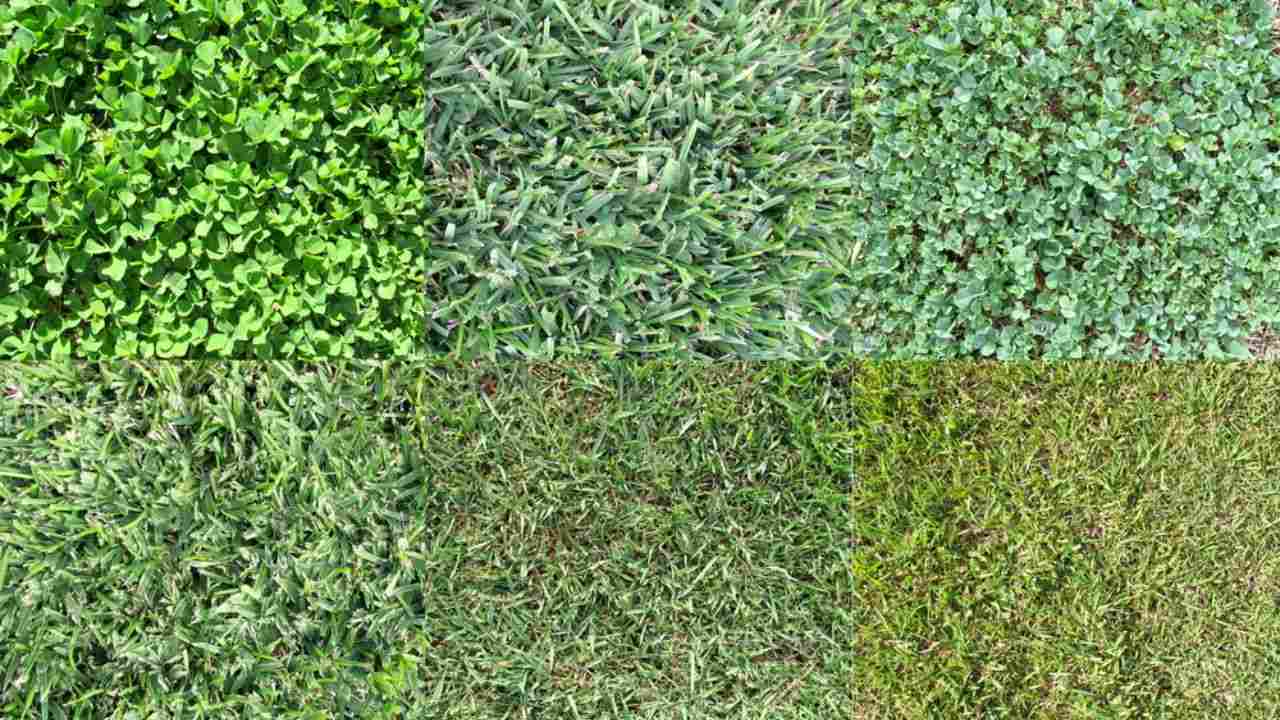
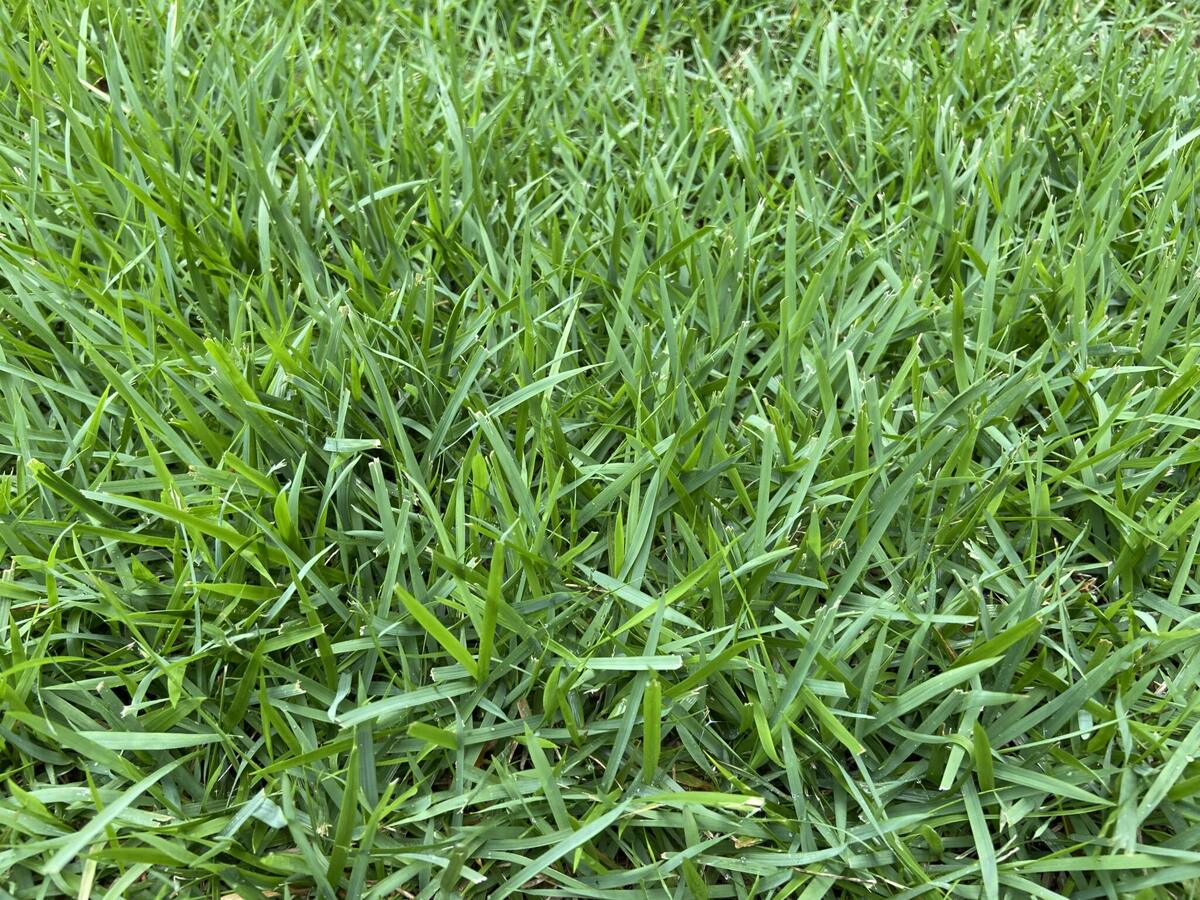
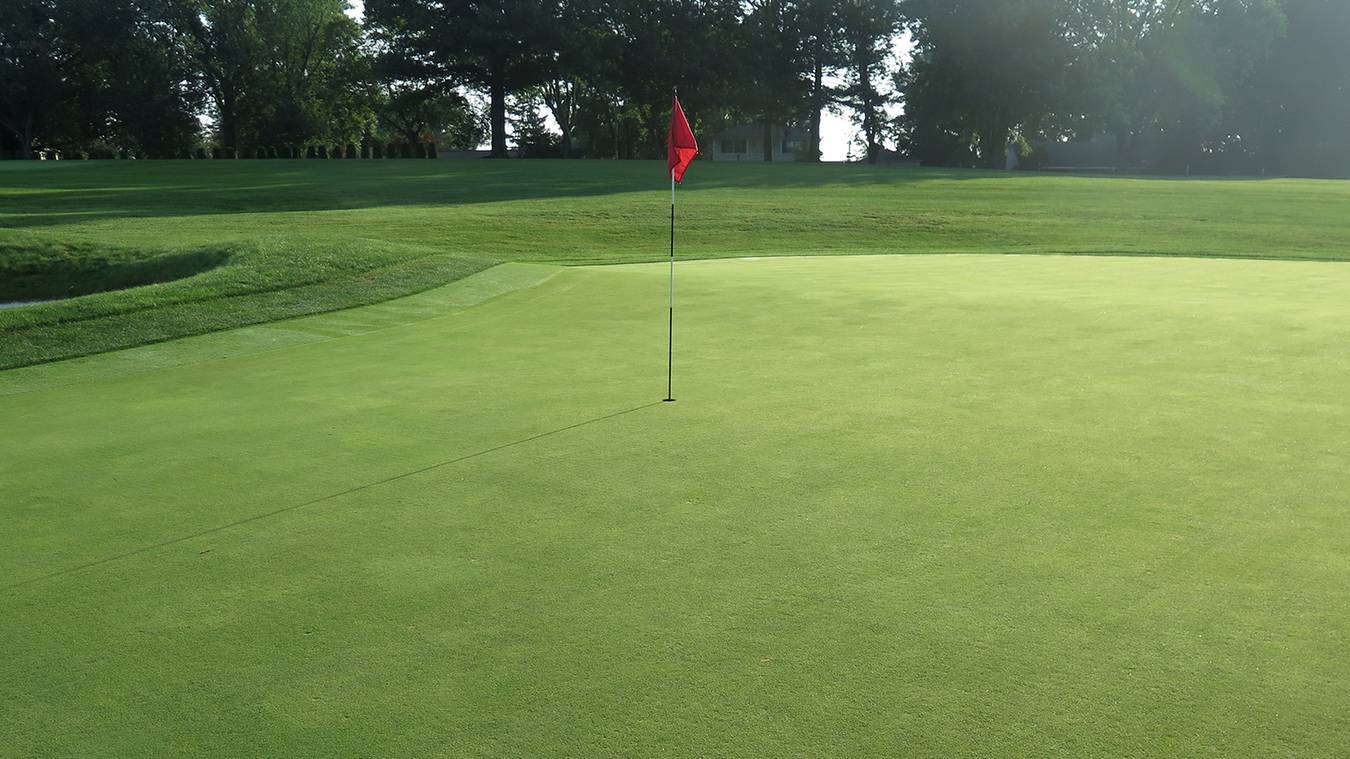
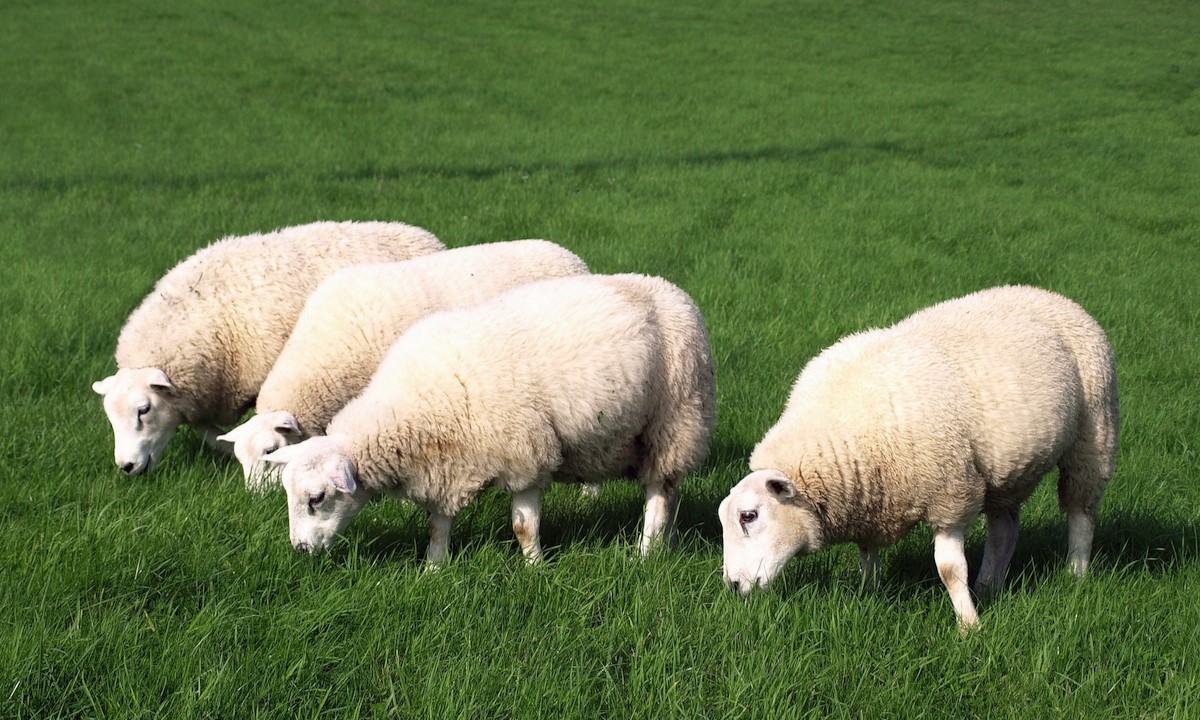
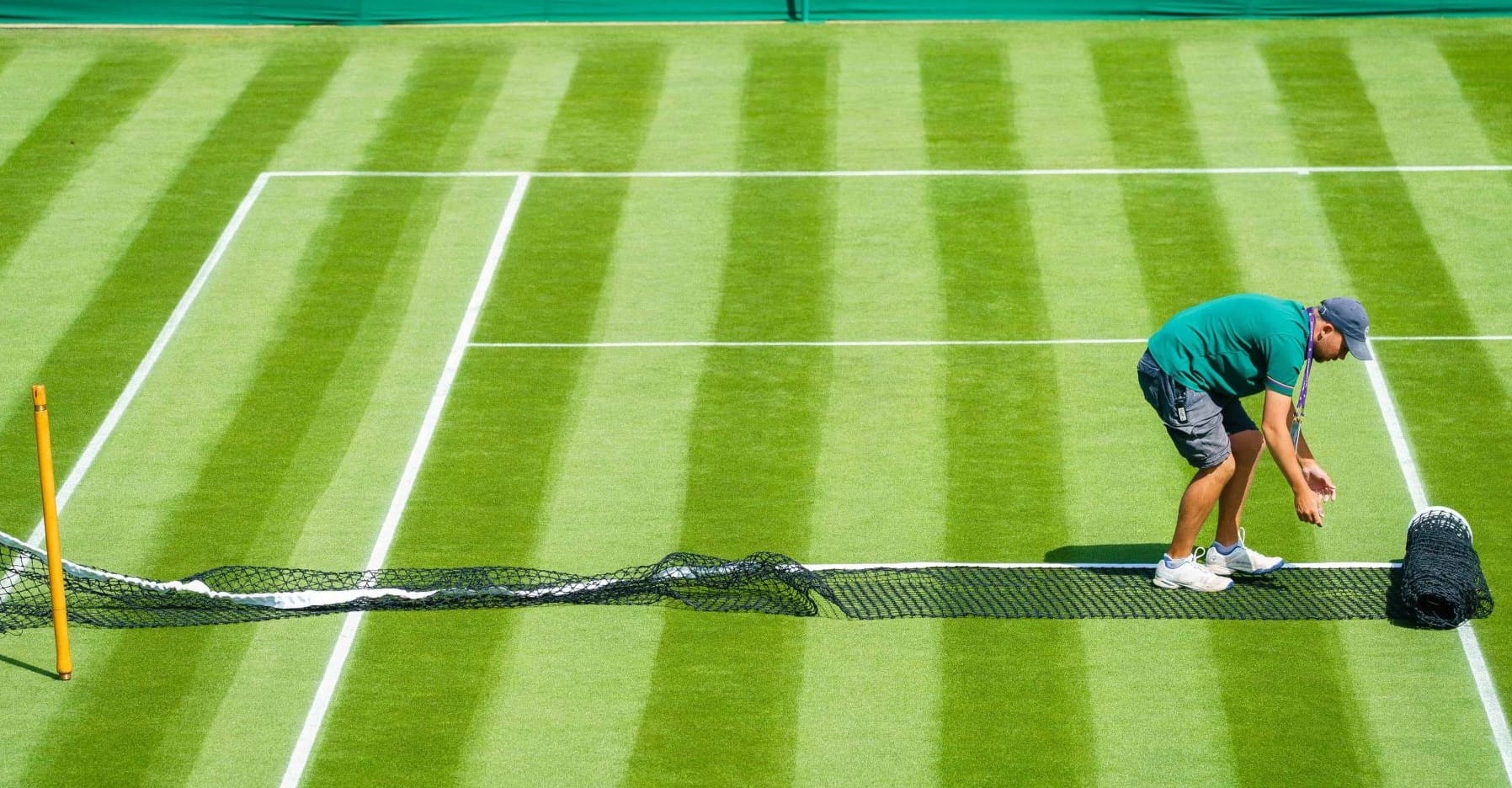
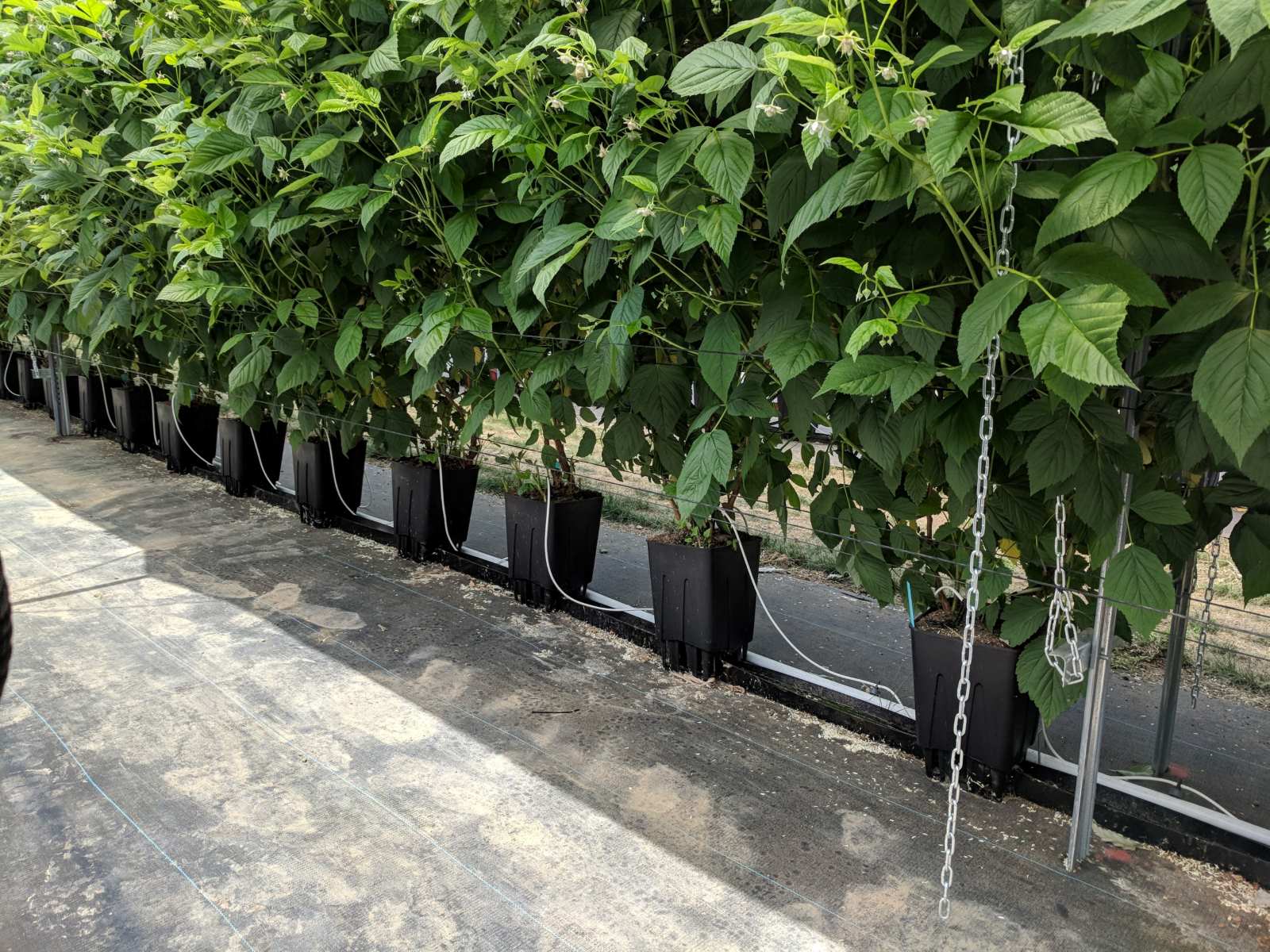
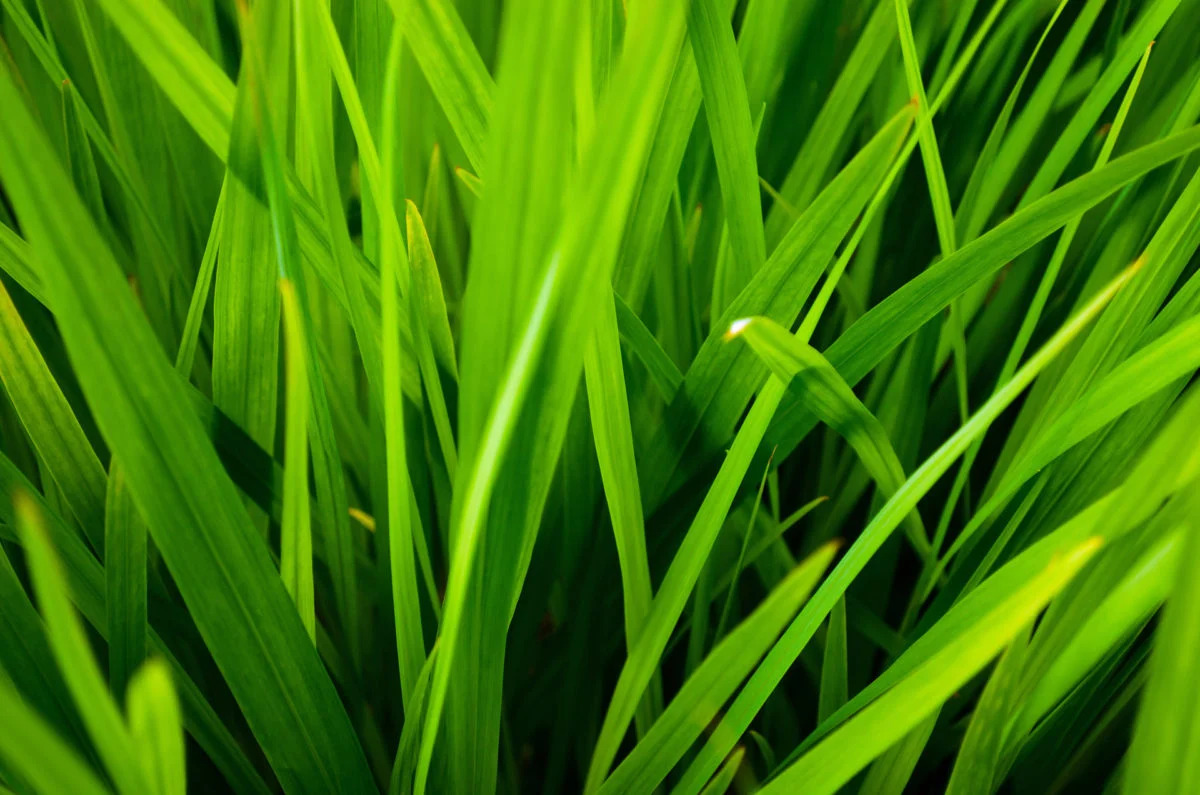
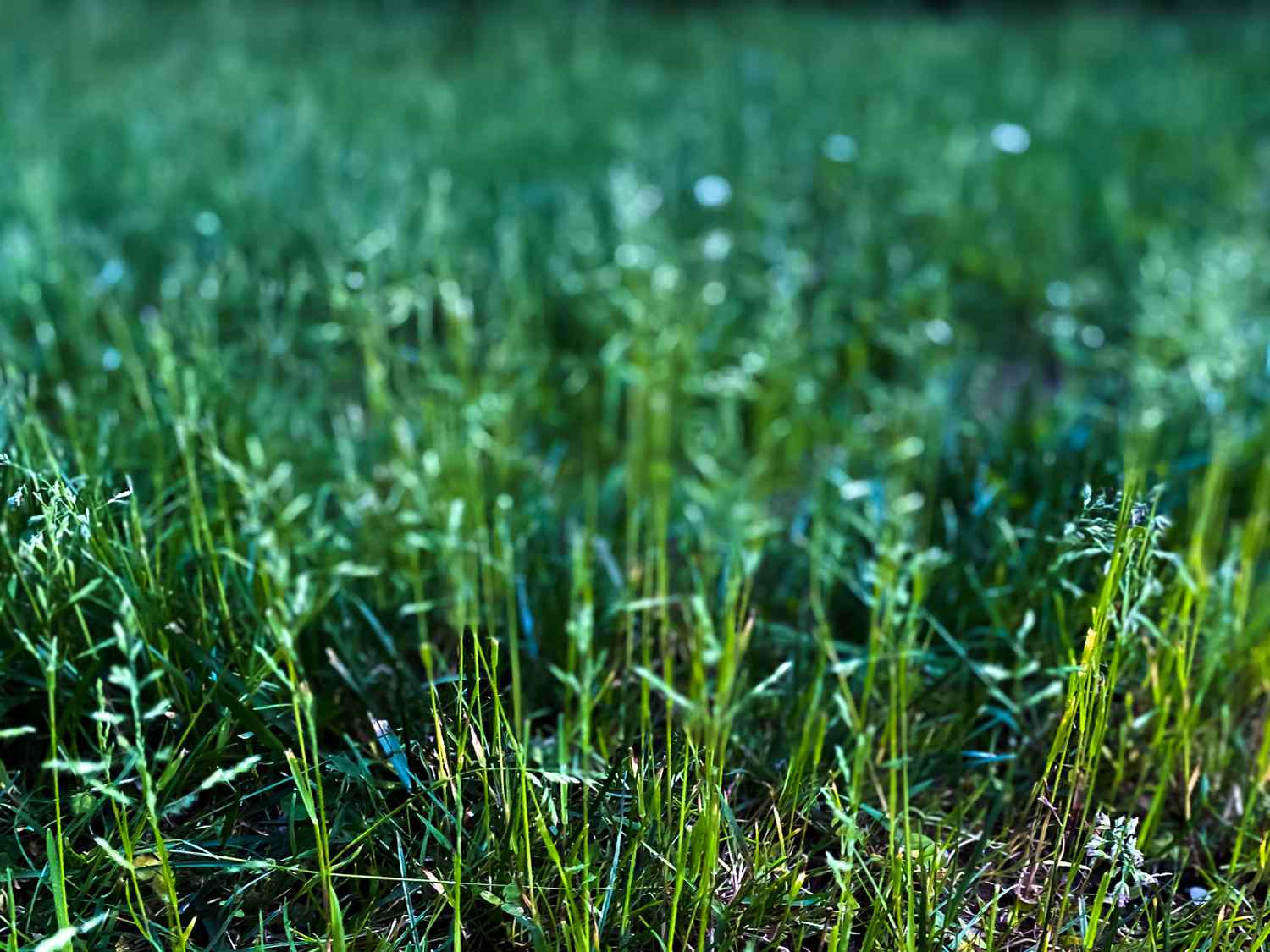
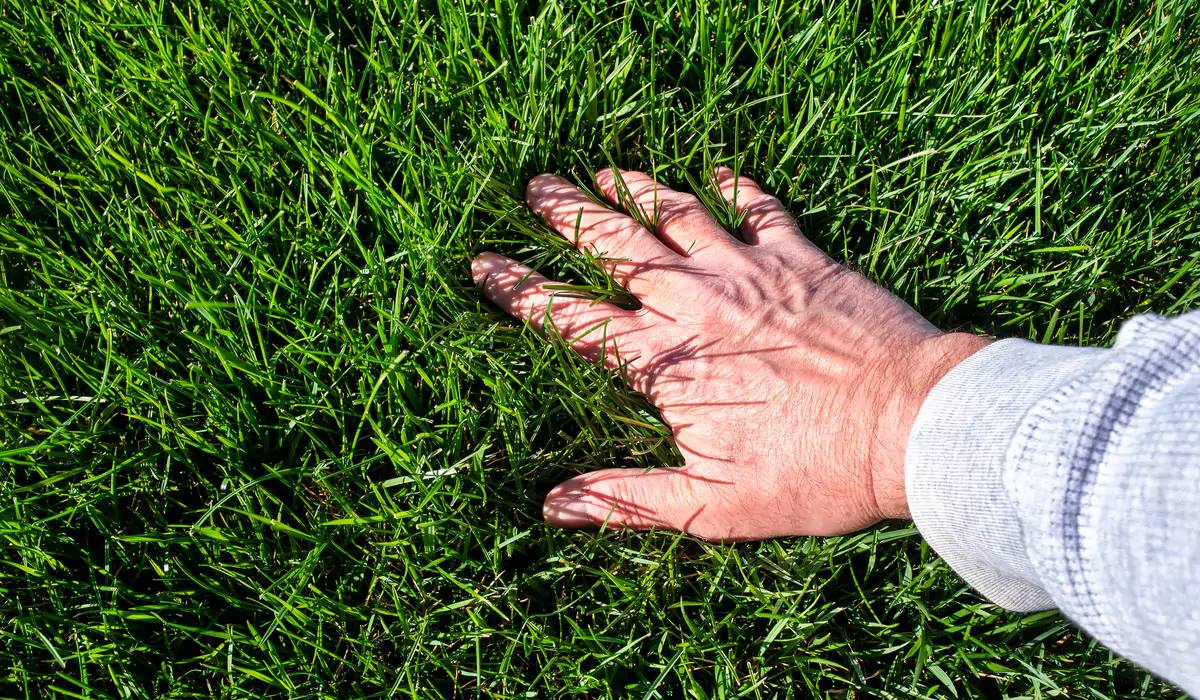
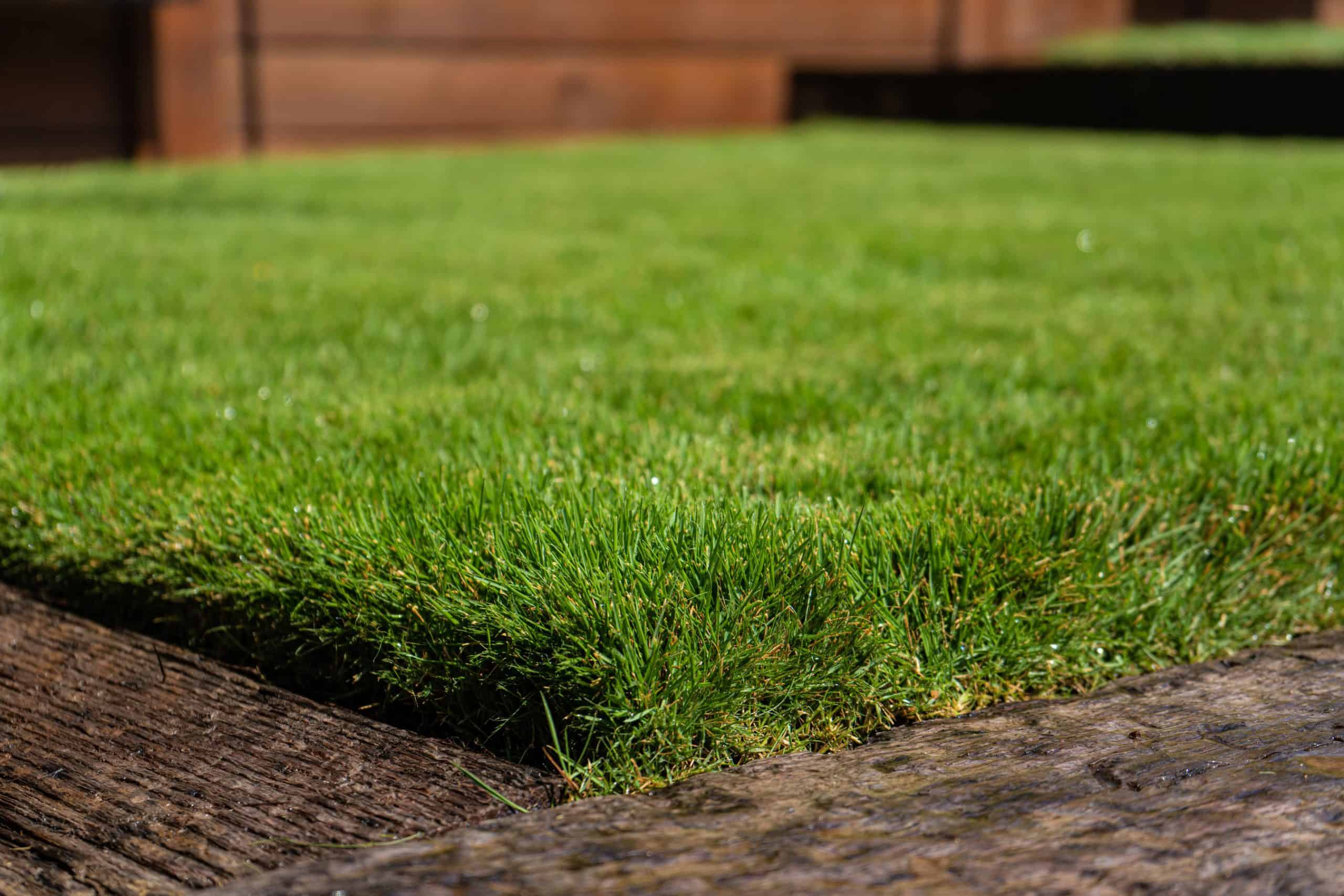

0 thoughts on “What Type Of Grass To Plant”